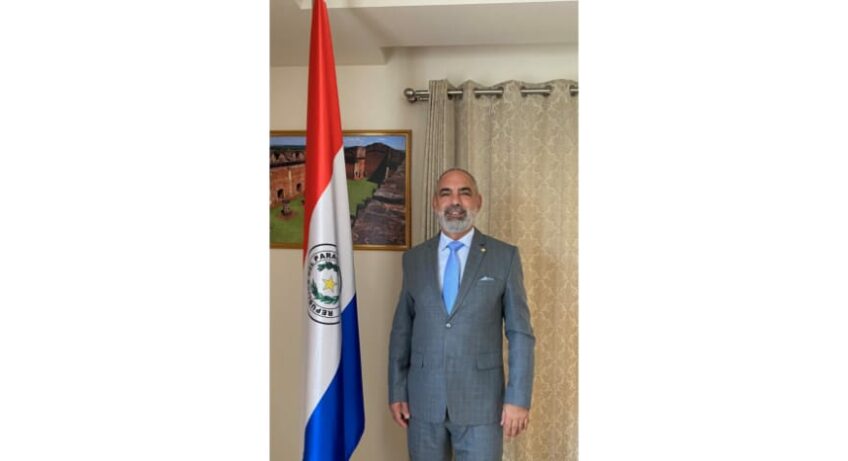The heart of South America, Paraguay is a country where Mercedes and bullock carts are parked side by side. It is culturally diverse with an autochthonous population speaking five different languages. Paraguay country offers tourists a great variety of attractions such as the Guarani Jesuit Missions, a great icon of its cultural identity, the hydroelectric dams of Itaipu and Yacyretá , the mysterious pre-Columbian inscriptions found at the Amambay and Ybuturuzu hills and much more.
TravelJingles shares with you the details on Paraguay in a rendezvous with H.E. Mr. Fleming Raul Duarte Ramos, Ambassador of Paraguay to India.
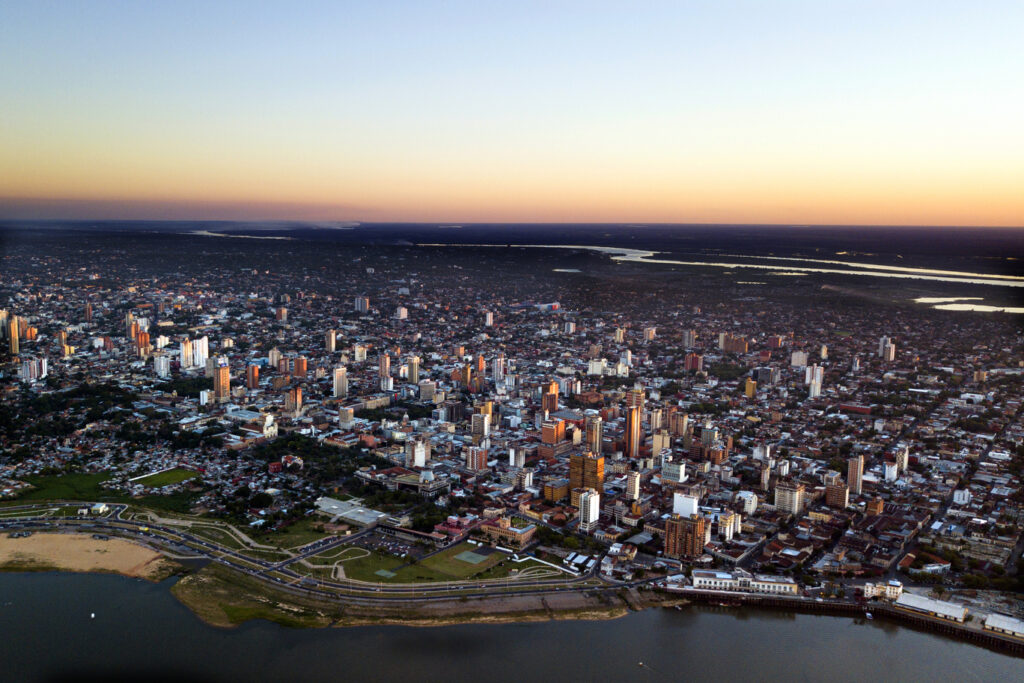
What does the country offer to its first- time visitors?
Paraguay is a very peculiar country with a mix of cultures, rich history, beautiful landmarks and numerous natural resources. It offers tourists a great variety of attractions such as, the Guarani Jesuit Missions, a great icon of its cultural identity. They are a series of constructions built in the XVII and XVIII centuries by the religious order of the Jesuits in order to evangelize the Guarani indigenous people, the hydroelectric dams of Itaipu and Yacyreta, the amazing and extensive chaco, deep forests filled with life, the mysterious pre-Columbian inscriptions found at the Amambay and Ybuturuzu hills and much more.
It is located in the centre of South America, the reason why it is also known as the ‘Heart of America’. It is crossed by the Tropic of Capricorn that passes through the town of Belén in the department of Concepción. The country is divided by the Paraguayan river into two markedly different regions: the much more populated Eastern region, which covers 39% of the territory and is divided into 14 departments, and the Western or Chaco region, which covers 61% of the territory and is divided into 3 departments.
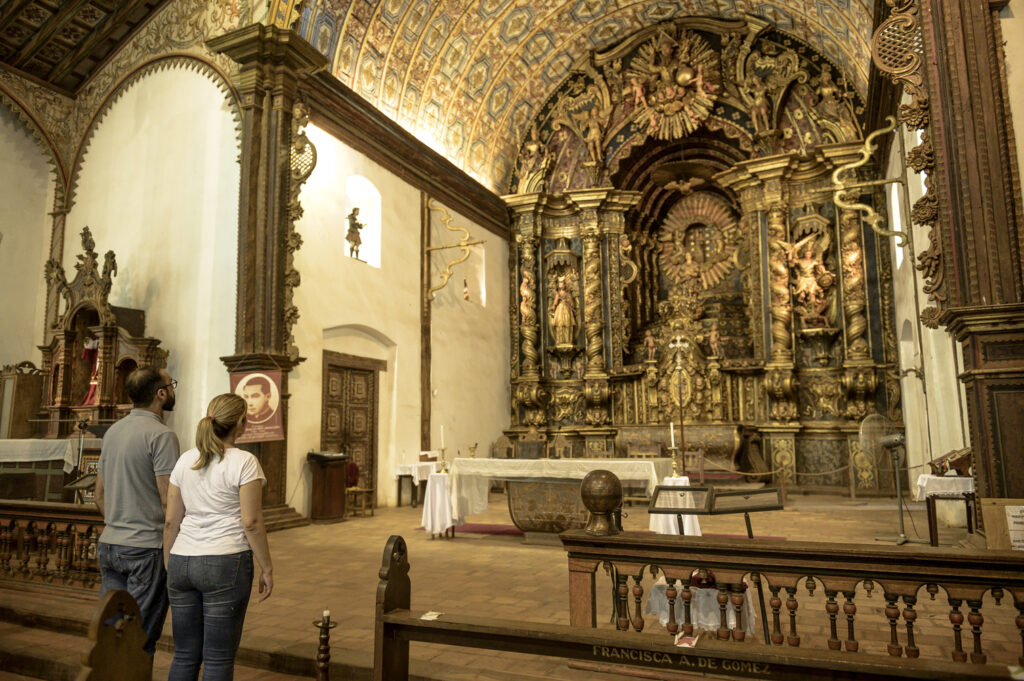
Tell us about the people and the culture of the country.
Its people, habitants of this sweet Guarani land are distinguished thanks to their kindness towards foreigners. The warmth and hospitality of the Paraguayan people make visitors feel at home. The cultural mosaic of the country is built up by its varied culture, with autochthonous populations of five linguistic families (Guaraní, Zamuco, Maskoy, Mataco and Guaycuru) and twenty ethnic groups that inhabit both.
The presence of immigrants (Italians, Catalans, Jews, Arabs, Slavs, Japanese and Germans), who arrived in successive waves, have contributed with an extraordinary cultural richness to the already first Spanish-Guarani cultural mix. This wide cultural diversity makes Paraguay a peculiar and different country with a continuous evolution.
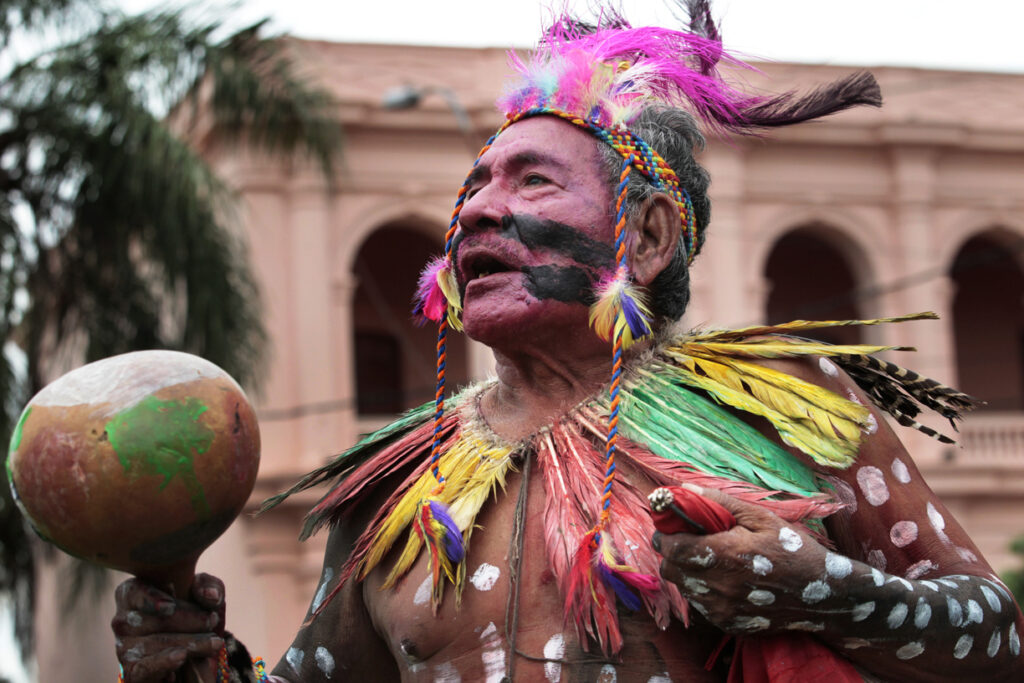
Cheese is loved by the Paraguayans. Tell us about the gastronomy of the country.
The Paraguayan Cheese is the most prominent ingredient in traditional cuisine. It is handcrafted and used in most typical meals, providing a peculiar flavour.
Paraguayan cuisine is born from the mixture of the Guaraní heritage and culture with Spanish gastronomy, during colonization. This gives rise to a kitchen with unique indigenous characteristics in flavours, colors, textures and aromas.
The native influence is known for its use of products such as beans, corn and cassava in most typical dishes. On its behalf, the beef has a particular highlight, considered as one of the best in the region with a high level of exports.
Paraguay also has the only solid soup in the world, the ‘Paraguayan soup’, which is a mixture of corn flour, Paraguayan cheese, onion, milk, salt, egg and pork fat, a unique tasting experience.
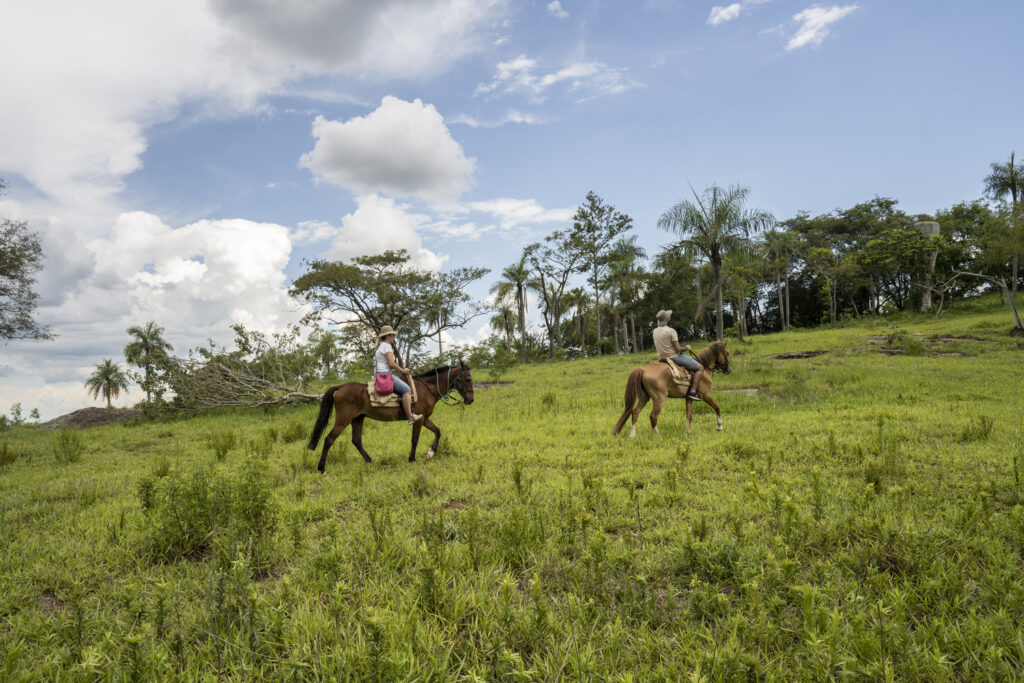
Music plays a very important role in Paraguay. Tell us about the night life of the country.
The typical rhythms of Paraguay are the Polka and the Guarania. The Guarania was created around 1925 by the Paraguayan musician José Asuncion Flores (1904-1977). It has a slower rhythm than the Polka and it is not danceable. The Guarania week is celebrated during the last week of August, and has been promoted by UNESCO as World Cultural Heritage.
Asuncion as a cosmopolitan city focuses its attention and nightlife in its Corporate Axis, comprising both the Villa Morra area and Paseo Carmelitas area. It offers a great variety of traditional bars and pubs as well as thematic ones for all tastes, having a young audience, as main consumers.
Travel to you is-
Experiences
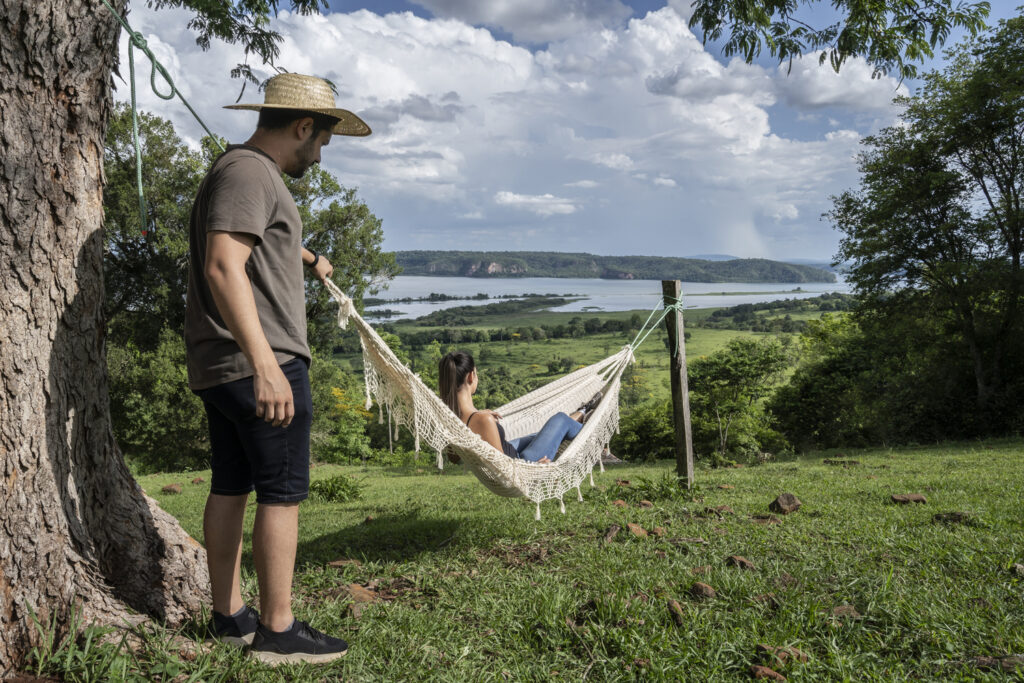
Tell us about three must buy things in Paraguay.
A hammock, a Ñanduti tablecloth and yerba mate, to have a delicious refreshing Tereré on the way back, besides the typical water thermos with embossed leather, the guampa and the light bulb.
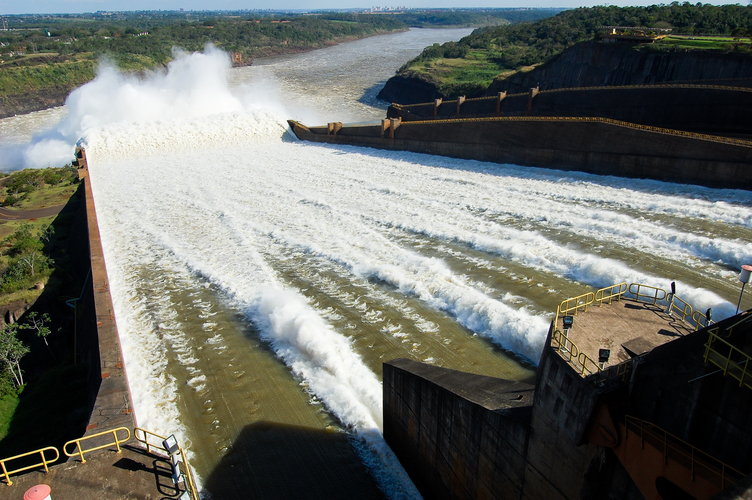
Paraguay has put water energy to great use. Comment.
Paraguay is a country with water, being bathed by hundreds of rivers and streams. Among them the Paraná River, with great force and flow, has allowed the development of clean and renewable energy production with modern hydroelectric dams carried out jointly with Brazil and Argentina.
The Itaipu Hydroelectric Dam was built with Brazil, and has the largest clean and renewable production in the world. The Yacyreta Dam with Argentina. Paraguay also has its own dams, such as the Acaray Dam, near the Itaipú Dam, located in the Alto Paraná Department.
With this hydroelectric production, Paraguay has become the world’s largest producer and exporter of clean and renewable energy.
It is important to note that Paraguay holds the world’s biggest sweet water reservoir called the Guarani Aquifer, it also unfolds the borders with neighbouring countries like Argentina and Brazil.
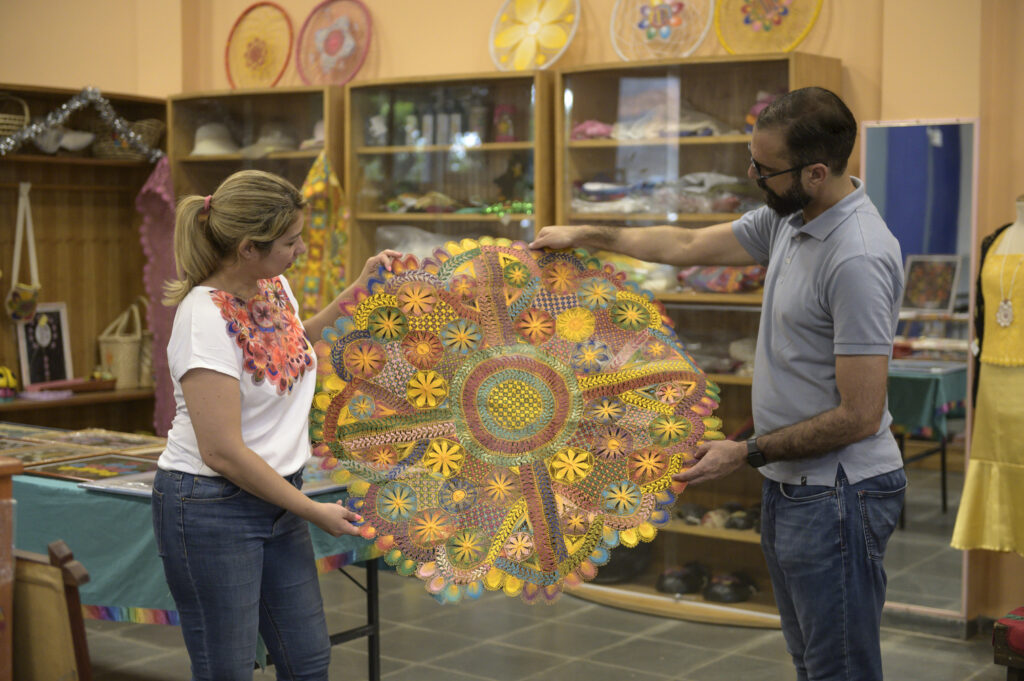
Is there any similarity between India and Paraguay?
The hospitality of its people. In both countries, the native culture has always been known for the good behaviour of its host, with a sincere and open welcome, without discrimination, and sharing everything with its visitors.
This is valued in the testimonies of visitors from both countries, who have enjoyed a real-life experience during their stay with the local inhabitants who, from the start, open the doors of their home, their family and their hearts.
There is also a similarity in the use of medicinal herbs with therapeutic properties. There are more than two thousand species. The use of these plants dates back to the ancestral times of the Guaranies who took advantage of the roots, vegetables, barks, bulbs and have destined them to be used as purgatives, diuretics, anaesthetics, etc.
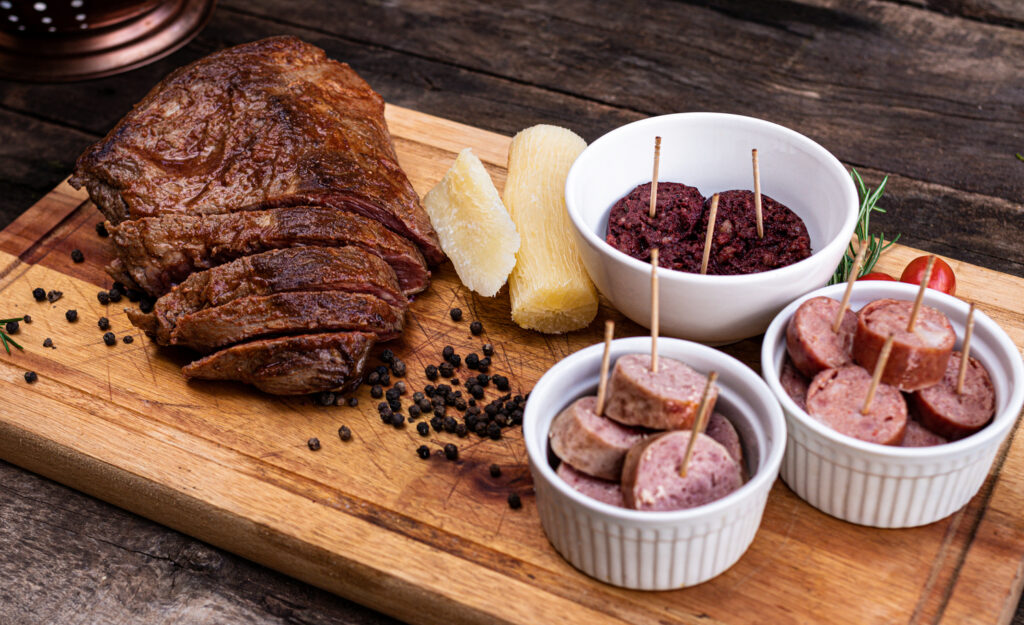
What do you like the most about India and why?
India is not a country, it is almost like a continent, a subcontinent with a millenary culture, people who express joy despite adversity, but above all a fantastic gastronomy, full of flavours and colours recognized throughout the world. If there is something we love about India, it is its gastronomic variety, which is the result of the different cultures that have been enriched over the centuries, with an immensity of spices that flavour its most exquisite curry dishes, accompanied by rice and a huge variety of vegetables. In addition to the dal, chapattis and ‘naan’, a delicious bread.
Last but not the least, I love the festival of colours during the celebration of ‘Holi’.

